Shrimp farming in Europe
We have developed an environmentally-friendly shrimp farming system with automated management, trough the machine learning system, ensuring greater economic efficiency compared to traditional techniques used in tropical countries, from where most of the shrimp consumed in the EU currently originates.
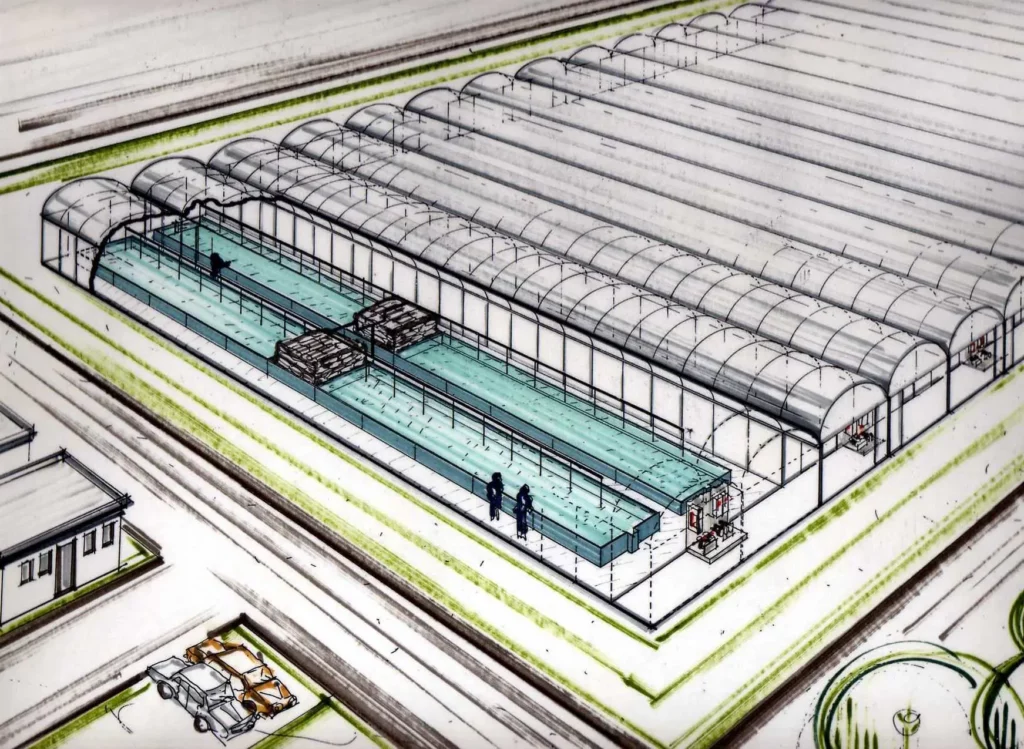
shrimp farming
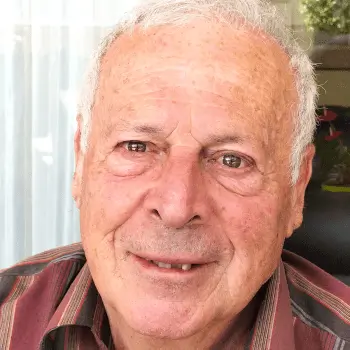
RAS Business Solutions Expert
Developer of the Farming Technology
Since 1972, he has been involved in the creation of aquaculture facilities in Italy and various Mediterranean and worldwide countries. The list of designed and built facilities includes shrimp, lobster, eel, sea bass, mullet, bream, perch, pike, tilapia farms, and more. From 2003 to 2005, he led a survey on the current state of fishing and aquaculture in Tuscany, where he also taught a course for regional aquaculture technicians as a closed system expert. Later, he participated in the integrated planning for the development of aquaculture in Sardinia. He has provided international consultancy in countries such as Japan, the Philippines, Cuba, Senegal, the Dominican Republic, Ghana, Chile, Brazil, Algeria, and Tunisia.
The Species
Our Universal Modules
DINAQUA’s universal smart aquaculture modules are designed to be highly adaptable. As the facility grows and the market evolves, the farmed species can be changed without significant additional investments. This flexible approach allows for quick responses to market demands, maintaining the facility’s competitiveness.
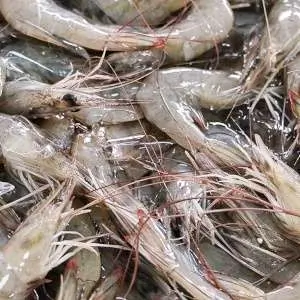
Tropical Shrimp
The second most farmed fish species globally, ideal for newcomers to the sector.
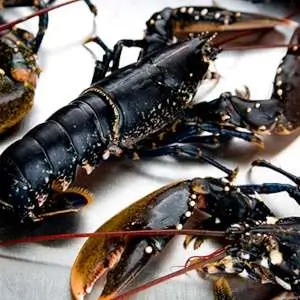
European Lobster
An economically significant species, but it requires advanced management skills and deep biological cycle knowledge.
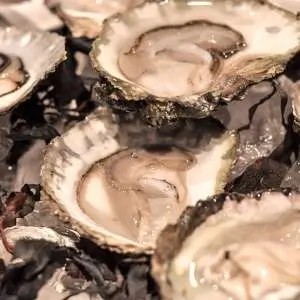
Low-Cost Oysters
Bivalves play an essential role as biofilters and are farmed alongside primary species.
the Challenges
Population pressure in Asian countries, where most farmed fish species, especially shrimp, originate, drives large-scale production often using intensive methods to ensure food security through the production of low-cost protein.
In Europe, the focus is on advanced technologies and sustainable practices to maintain high standards of quality and food safety, seen as a strategy for self-sufficiency, biodiversity protection, and promoting a healthy, sustainable diet for the population.
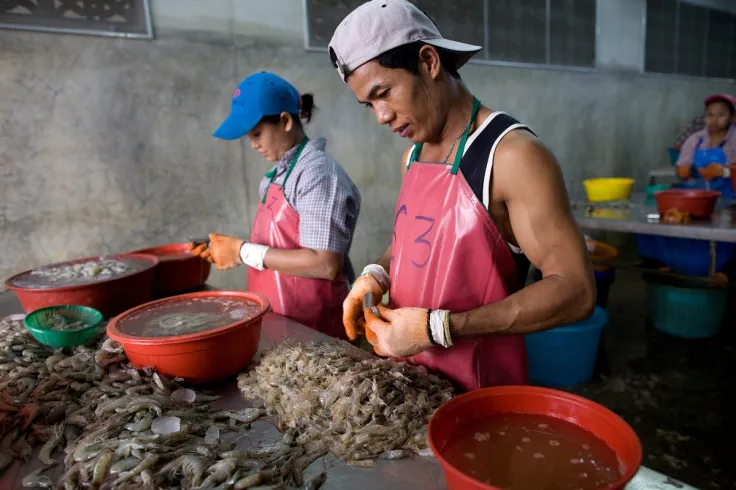
Stringent Regulations
Europe has stricter environmental and health regulations, increasing operational costs for farmers.
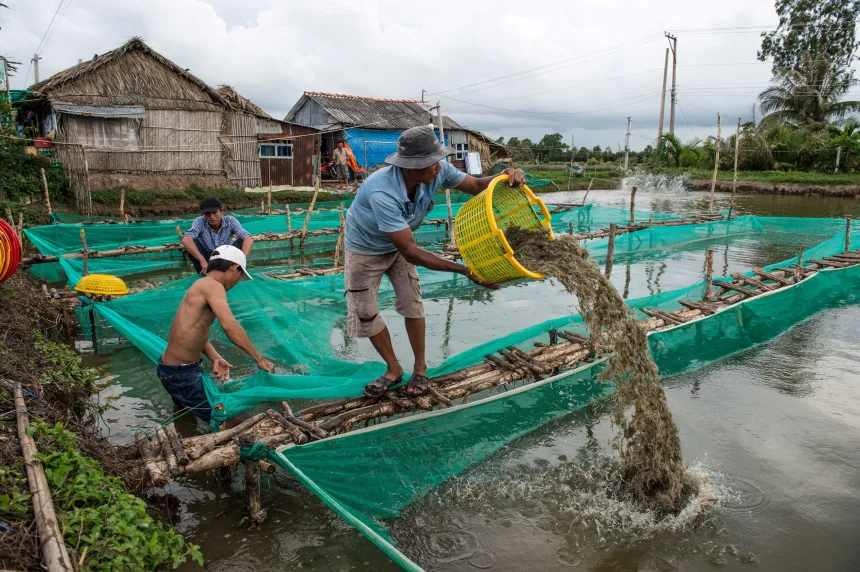
Production Costs
Labor and infrastructure costs are generally higher in Europe compared to Asian countries, where costs are lower.
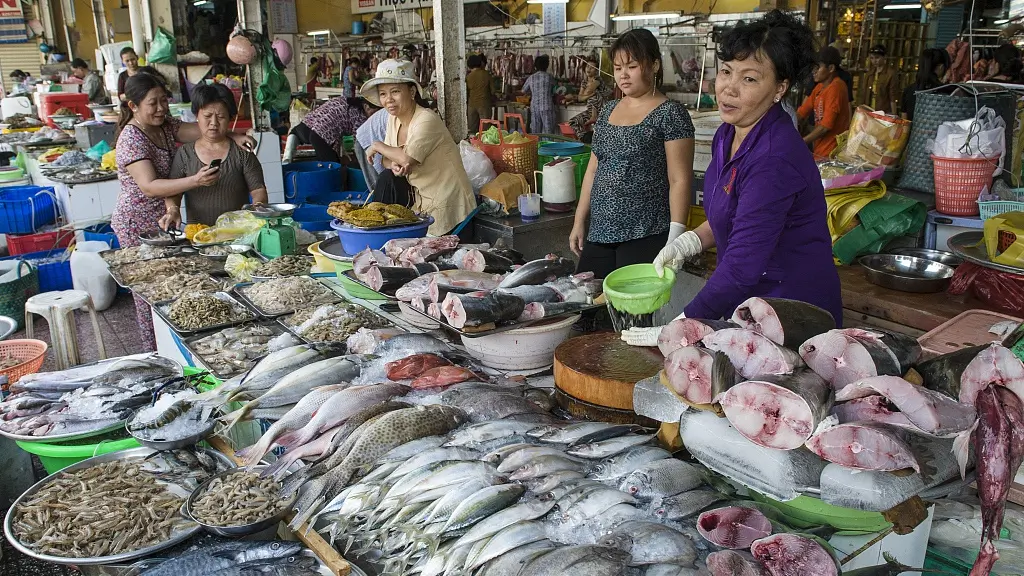
Market and Competitiveness
Competition with Asian producers, who have lower production costs, presents a significant challenge for European farmers.
Services
Everything You Need to Start an Aquaculture Business
We are the ideal partner for those looking to enter the aquaculture world with an innovative and sustainable approach. Contact us to find out how we can help you develop your aquaculture project.
Know-How Supply
DINAQUA’s smart farming technology is acquired through a legal licensing contract.
Juveniles and Feed
We ensure a secure supply channel for post-larvae and feed, crucial in the early stages.
Training
We train farm operators and management with specific educational courses.
Networking
We identify and spread best practices in the supply chain to improve economic results.
the value chain
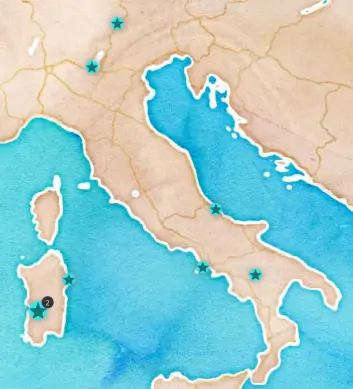
The Only Italian Crustacean Value Chain
We are part of the first Italian highly technological and sustainable value chain for the complete farming of crustaceans, with an integrated IMTA model involving various Italian regions. The chain, launched in November 2022, aims to develop sustainable elements and low environmental impact.
The Advantages
We have refined the Shigueno method, originally developed in Japan in the 1980s, to suit Mediterranean conditions, achieving greater economic efficiency and sustainability.
Extensive Filtration Surface
Each farming module features over one hectare of active filtration surface, ensuring an optimal environment for shrimp.
Fast Investment Recovery
The modular system allows for lower initial investment and quick economic returns, with rapid assembly and smart species selection.
2-Step Filtration System
DINAQUA’s dual-step filtration system, with a draining bottom and a biological trickling filter, ensures effective filtration, oxygenation, and heat exchange.
Resource Efficiency
Utilizing the Machine Learning Systems, our management model is continuously improved, reducing energy consumption and CO2 emissions.
Continuous Water Recirculation
The RAS system allows continuous water recirculation, requiring only one complete water change per month, maintaining strict sanitary control.
Respect for the Biological Cycle
Smart farming leverages shrimp’s natural immune defenses, creating an optimal, controlled, and healthy environment, eliminating the need for antibiotics and preventing the production of toxic substances.
The Podcast
In our podcast “Aquaculture as a Business”, available in original Italian version on free listening platforms, we have dedicated three episodes to shrimp farming technology, with its inventor, Prof. Roberto Rabiti, discussing the most important aspects.
Episode 1: Shrimp Farming Challenges
Examines the challenges of traditional aquaculture and pond farming, common in tropical countries from which most of the shrimp consumed in the EU originates.
Episode 2: DINAQUA Smart Farming
Details the benefits of DINAQUA shrimp farming, from total biological cycle control to economic sustainability.
Episode 3: Unveiling All the Secrets
A discussion with the production director of a DINAQUA client during a site visit.
Our Approach
Thanks to a range of services developed within the team and our network of strategic partners, we provide the necessary consultancy for all stages of business growth.
Initial Entrepreneurial Idea Stage
Researching suitable land and liaising with local authorities to start the authorization process.
Business Design and Capital Raising Phase
Creating a business model to identify funding sources and support farming operations.
Construction and Farming Startup
Assembly, testing, and starting production, including training personnel and management.
Future Farm Development
Ongoing consultancy for expansion and optimization of facilities.
contacts
Do You Need a Personalized Consulting to Open Your Farm?
We will be happy to answer your questions and understand your needs better! To request a free consultation and the smart crustacean farm business model, you can fill out a contact form or book a video call meeting.